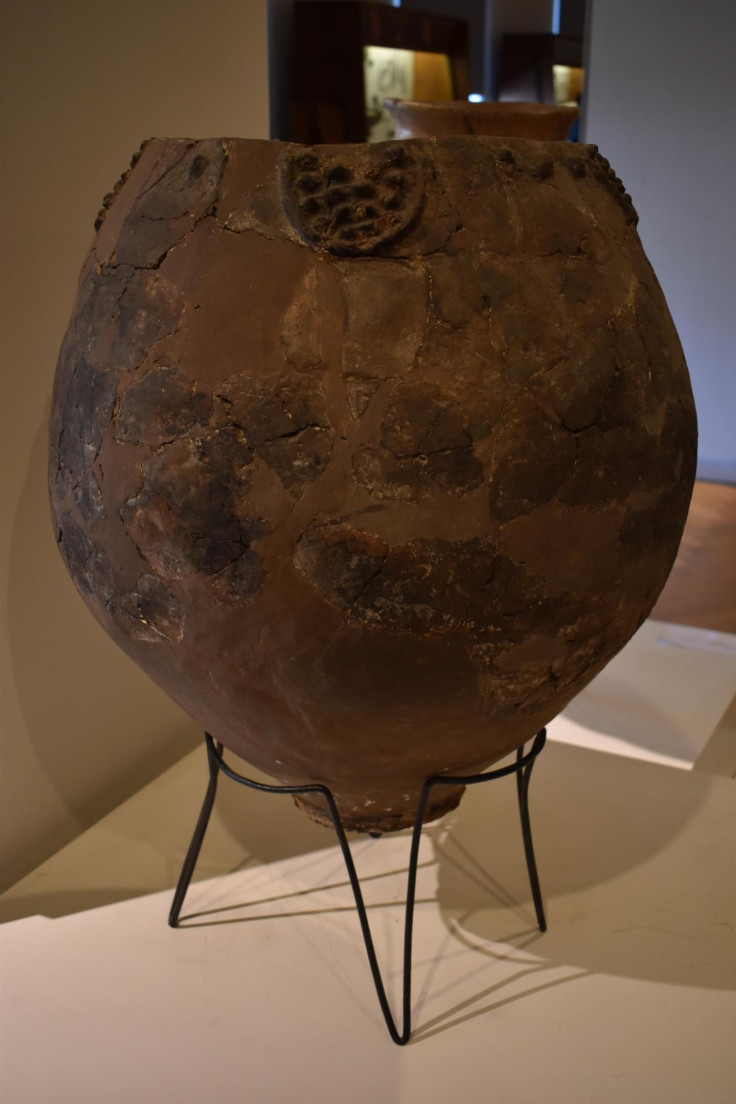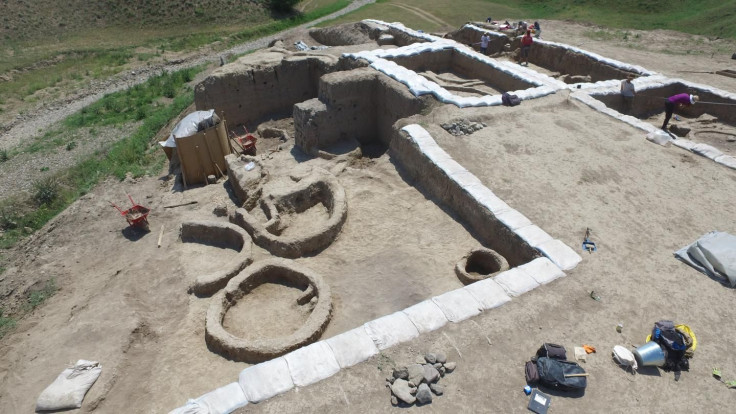Wine Was Being Made 8,000 Years Ago In Present-Day Georgia

The oldest-known production of wine has just been moved back by another 600-1,000 years from the previously accepted date, based on excavations in present-day Republic of Georgia. Analysis of ceramic jars found from the dig sites showed wine was being produced in the border region between modern Asia and Europe as long back as 8,000 years ago.
The excavations were at Gadachrili Gora and Shulaveris Gora, two Early Ceramic Neolithic sites from 6000-4500 BC located about 50 kilometers south of Georgia’s capital Tbilisi. Fragments of eight large ceramic jars were found to contain some residue, which chemical analysis revealed to contain tartaric acid, “the fingerprint compound for grape and wine, as well as three associated organic acids — malic, succinic and citric — in the residue.”

The excavations are a joint undertaking between the Georgian National Museum and the University of Toronto, Canada.
In a statement Monday, Stephen Batiuk of the university, who coauthored a research paper on the subject, said: “We believe this is the oldest example of the domestication of a wild-growing Eurasian grapevine solely for the production of wine.”
The previously oldest known winemaking, dating back to 5400-5000 BC, was from the Zagros Mountains in present-day Iran.

The Neolithic period, beginning around 15,200 BC in the Middle East and ending in other parts of the world between 4500 and 2000 BC, was a time of many new activities, such as the beginning of farming, domestication of animals, polished stone tools and finer crafts like pottery and weaving.
“In essence, what we are examining is how the Neolithic package of agricultural activity, tool-making and crafts that developed further south in modern Iraq, Syria and Turkey adapted as it was introduced into different regions with different climate and plant life. The horticultural potential of the south Caucasus was bound to lead to the domestication of many new and different species, and innovative ‘secondary’ products were bound to emerge,” Batiuk said.
There are over 10,000 varieties of grapes around the world today, including both used for winemaking and for eating as fruits. Georgia has more than 500 varieties of wine today that are used for winemaking alone, an indicator of the long history of cultivation in the region.
“The infinite range of flavors and aromas of today’s 8,000-10,000 grape varieties are the end result of the domesticated Eurasian grapevine being transplanted and crossed with wild grapevines elsewhere over and over again,” Batiuk said. “The Eurasian gravepine that now accounts for 99.9 per cent of wine made in the world today, has its roots in Caucasia.”

According to Batiuk, wine was a highly valued commodity in the past due to its properties as “a medicine, social lubricant, mind-altering substance” and that it permeated most aspects of everyday life at the time.
The paper, authored by a team of international researchers, appeared in the journal Proceedings of the National Academy of Sciences under the title “Early Neolithic wine of Georgia in the South Caucasus.”
Thanks to millennials, global consumption of wine is soaring even as weather changes have led to a 50-year low in worldwide wine production in 2017.
© Copyright IBTimes 2024. All rights reserved.





















